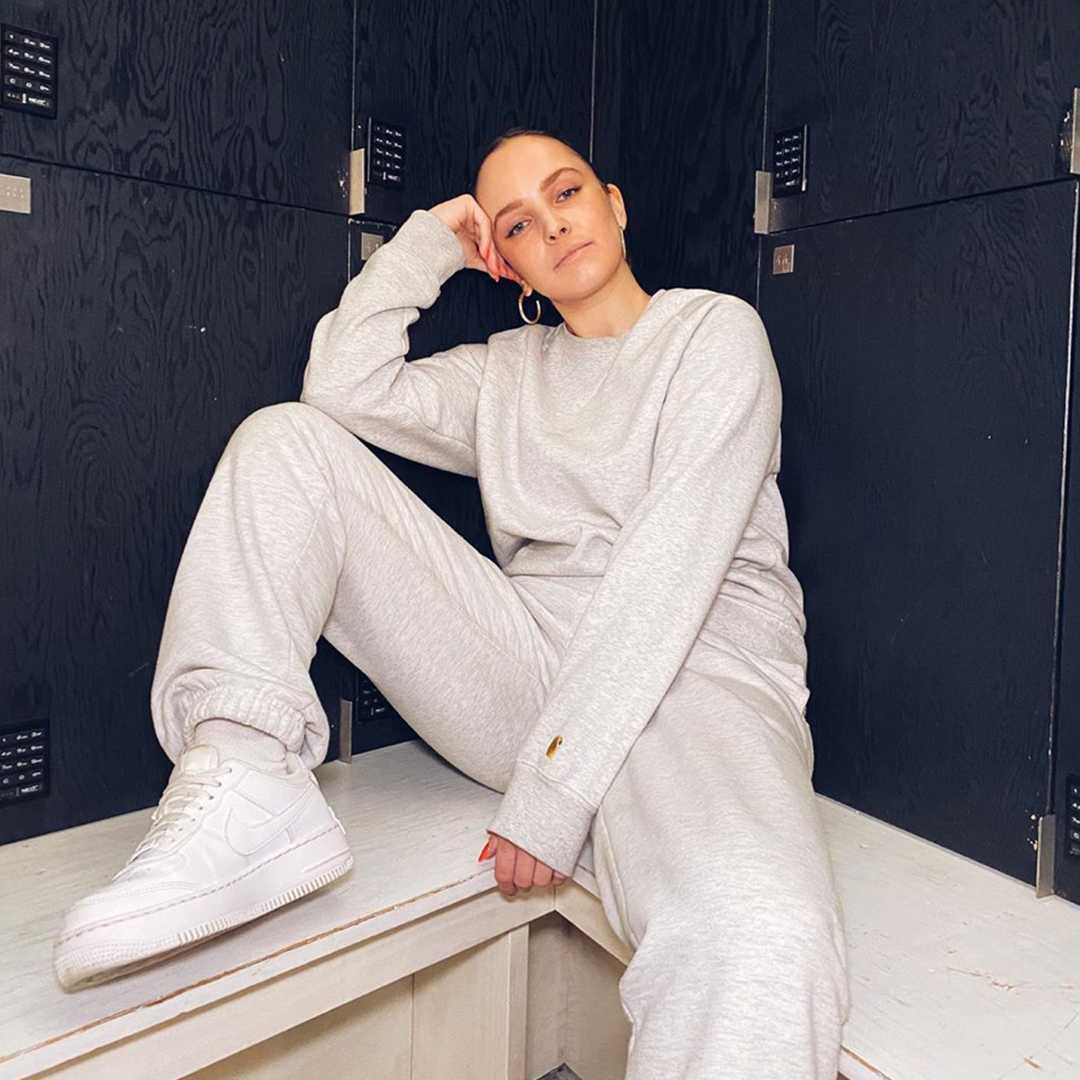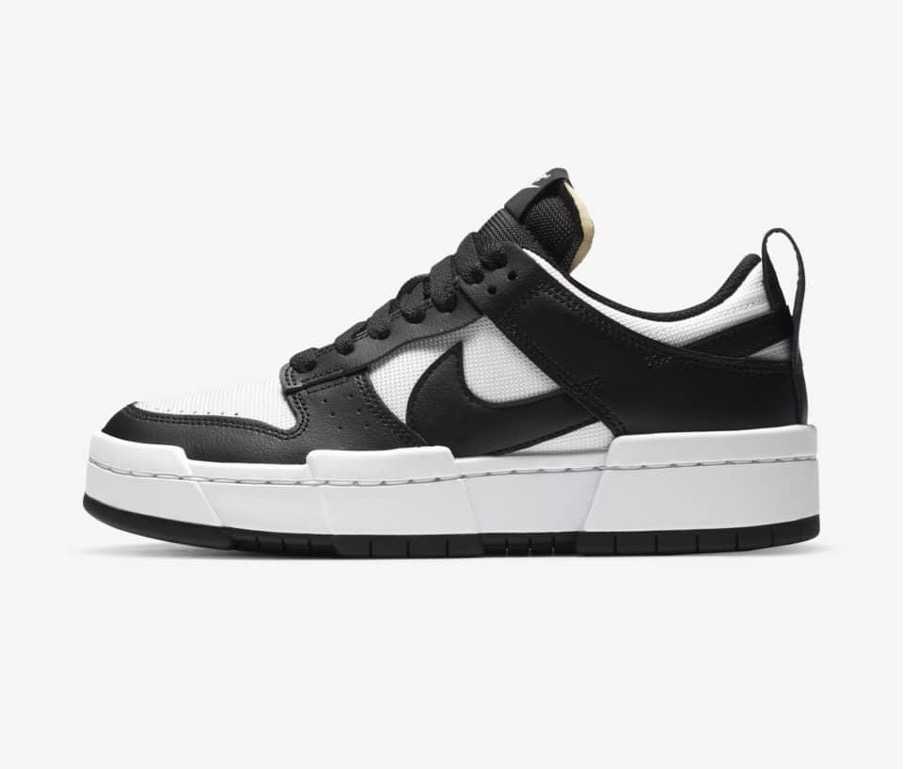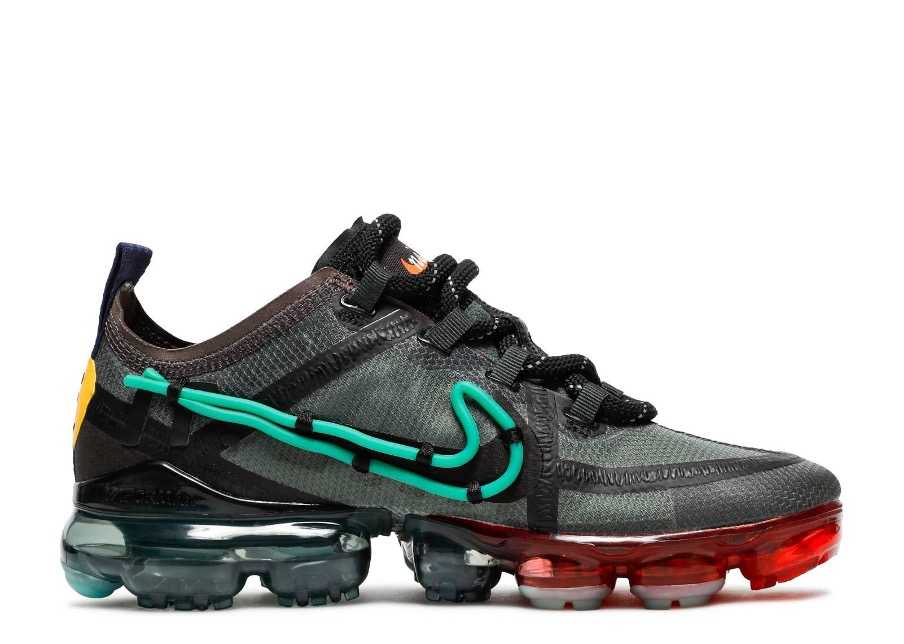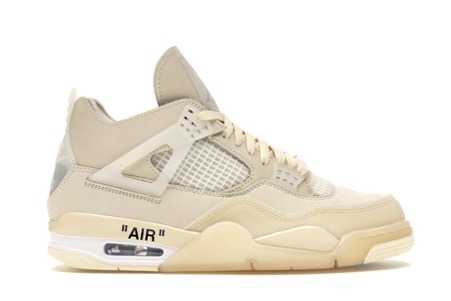
How The Media Defines A Female Sneakerhead
“We don’t need women's exclusives, we need inclusive sizing”
Ask a sneaker aficionado why they’ve chosen to collect something that is so bulky and cumbersome to store when they could be sticking stamps into slim notebooks or stowing Sylvanian families into various nooks and crannies, and their impassioned response will make mention of decades of sneaker culture symbolic of community. But for a hobby horse that was built on community, it sure is getting harder and harder to barter our way past the gates and into the distant realm of Hypeland every day.
Women and men are different, there is no point in waxing lyrical about that. But when it comes to male and female Sneakerheads the only real difference is in shoe size. Avid sneaker spectators and collectors share in the same passion and sometimes obnoxious enthusiasm for new colourways and intricate knowledge of silhouettes. Once you can name every Jordan from 1- 35 on sight, then you’re going to sneaker heaven. The sneaker gods don’t discriminate. So why do the most powerful brands? Sure, maybe women have smaller, narrower feet than men but is that really such a crime? Shouldn’t sneakers be released in unisex sizing ranging from grade school sizes, through to a gargantuan US22?
Well, that’s exactly what social media manager at Laced, Titi Finlay suggested on Instagram in November. Her post was shared widely and resonated with jaded Sneakerheads be they men, women, or any gender in between.
Most of us have childhood memories of our parents taking us shoe shopping, forcing us to try on different shoes when we would have much rather been at the toy shop around the corner. Mum or Dad would lead us over to one of two walls with a smattering of either blue, orange and grey or pink, red and sequins. In the past brands have defaulted to creating separate men’s and women’s styles for the respective gendered walls in stores. In years gone by, you would have been hard pressed to find a Jordan 1 in women’s sizing but wouldn’t have had any trouble finding a Puma classic suede in baby pink amongst a wall of women’s styles all with the same ‘pink and shrink’ principle applied. These days, ‘pink and shrink’ is still alive and well, only in a less literal sense. The most recent example is the Dunk Disrupt - a typical case of ‘yes you can have the men’s shoe except we will make it totally different’. A clear response to the recent success of chunky sneakers among female consumers such as the retroed Fila Disruptor, Nike appears to have assumed all women care about is height. But this ‘Dunk’ bears a marginal resemblance to the classic silhouette we have come to revere and leaves everything still to be desired for the female market.
 Dunk Low Disrupt. Image: www.nike.com
Dunk Low Disrupt. Image: www.nike.com
So where does this lack of inclusivity arise from? Why can’t I too rock a pair of Chinese New Year edition Jordan 5 Lows without a double layer of socks and lashings of bandaids (and still be slipping out at the back)?
The problem could stem from the diminishing prominence of this culture everyone keeps banging on about. Once upon a time in The United States of America, the average consumer took a perfectly good sportswear product and made it their own. Sneakers that were once reserved for pro basketballers, distance runners and tennis players were increasingly being pounded on the pavements of cities and suburbs by office workers, busy mothers, and the kid next door. Musicians began to lend clout to accessible styles (see RUN DMC’s My Adidas), athletes took the new trend in stride and began promoting their own shoes in humorous television commercials that today are a nostalgic reminder of the beginnings of what would become an expensive obsession (see Jordan and Barkley in Air Jordan IX commercial). But as time wore on and social media became the new word-of-mouth, the exclusives became more exclusive and the runs more limited. The community grew along with the hype and all of a sudden the old-timers were complaining that new sneakers had lost their meaning, and the new guard was complaining that they couldn’t get a hold of meaningful product. And so the ouroboros wraps around itself and eats its own tail.
Like an ineffective and frustrating parliament of powerful yet far-removed sneaker ambassadors who are hellbent on maintaining the status quo, the decision-making power ultimately rests with brands and retailers as to what the community sees and buys. However, the media holds sway over what they buy into. Streetwear-centric publications (like this one) which hold some social capital within the sneaker space are able to mold what brands, products, and influencers consumers react to. The media is also a key player within the cyclical nature of the sneaker release process: A brand announces a sneaker, the media tells people about it, a retailer drops the sneaker, the media tells people about it, the people buy it, the media tells people that people bought it. More people buy it.
It’s a symbiotic relationship and one that is powerful enough to shape and change the culture. So once a publication falls into the habit of only covering stories about the best known influencers and neglect to cover those that are niche, up-and-coming and smaller-scale they do the community a disservice by diminishing it. At one point or another, the exclusivity of the product coupled with the exclusivity of the media’s coverage prevents those of us in the community from actually seeing one another. The more the media covers hype releases only, the less old school, classic, or niche releases fall by the wayside along with their passionate bands of collectors and appreciators.
As it stands today, most of us are locked out of releases due to their limited runs, or geographic exclusivity, most of us are locked out of purchasing due to limited sizing, and most of us can’t afford shoes at their resale price. So if sneaker culture has outgrown community - the same community that those on the inside keep harping on about - how do us plebs stand a chance?
Recently, there have been successful women’s sneaker releases. The Flea Market Cactus Plant Vapormax was released in 2019 to huge success. So huge in fact, that men wanted the shoe in their sizes as well. And Nike gave it to them. Similarly, the Off White Air Jordan 4 was another women’s exclusive that broke records on StockX during the initial months of 2020’s COVID-19 lockdowns. To get your hands on a pair now you’ll need to part with a minimum of $1470 AUD of your hard-earned money. In 2020 an increase of over 100% was reported in female users on StockX, hinting at a growing popularity of wheeling and dealing in hype products by female users.
 Flea Market Cactus Plant Vapormax. Image: www.flightclub.com
Flea Market Cactus Plant Vapormax. Image: www.flightclub.com
 Off White Air Jordan 4 Sail. Image: www.stockx.com
Off White Air Jordan 4 Sail. Image: www.stockx.com
If women want more than just the tantalising peak we have been afforded into the forbidden kingdom, Finlay suggests that brands and retailers begin to prioritise them as legitimate consumers. Sneakers need to be made in unisex sizes, taking into account the technical differences between a men’s and women’s sneaker while keeping the design inclusive. Women love the styles as they are in men’s sizes. They don’t want bells and whistles added (Nike, if you’re reading this, I’ve just used a popular expression which refers to the addition of superfluous accessories, in this case to a shoe. Please don’t literally add any bells or whistles to a women’s release unless you're also adding these noisy appendages to a men’s). Just the same men’s shoe please, in the same colourway. Save your batteries on the extra design work.
During her appearance on The Sneaker Annexe podcast Finlay suggests that brands begin by harnessing the power of the raffle - a long detested method of releasing sneakers (for those that miss out) but potentially inclusivity’s best friend at least in the beginning phases of transitioning to unisex size runs. Brands can look back at previous raffles to determine the demand for particular sizes and make a judgement call based on these as to which releases to begin with. But the demand is there. The ladies have been waiting patiently this whole time.
Finlay draws attention to the difference between niche influencers and the hypebae-esque influencer who displays extensive yet mainstream sneaker collections and is equipped to take good photos which highlight the shoes well. This is essentially what brands want from an influencer and gravitate towards gifting product to those with a consistent track record rather than those with a smaller following, less photos, or alternative photography styles. While this standard of practice may help to sell a sneaker, it also leads us further astray from the sense of community and inclusivity that needs to be cultivated.
With every story that is run about Sneakerheads who aren’t on the A-list of influencers and are in the game for reasons more holy than the hype; for an authentic passion about design and history, and the satisfying simplicity of a classic Reebok, Air Max, or the flamboyance of a recent New Balance collab - we reclaim a piece of the community we had lost to the hype. Finlay, through her work in social media, knows the power of a post, and says that not only do these stories about community centred Sneakerheads need to be run, but they need to be widely shared on Instagram to gain adequate traction.
It’s about more than just enabling women to wear the same shoes as men. That is only a singular step on the stairwell of sneaker equality for all. It’s about uniting the community again. No more fighting in queues at sneaker releases, no more lusting after a shoe that will set you back thousands just because ASAP Rocky wore it once. Just sneakers that are designed well and are worth every penny - even if you're not a collector. For now, the suffragettes 2.0 - the sneakergettes, if you will, will be waiting, we’ll be asking all the annoying questions and pointing out the everyday absurdities that are generously heaped upon us with every notification on the SNKRS app.